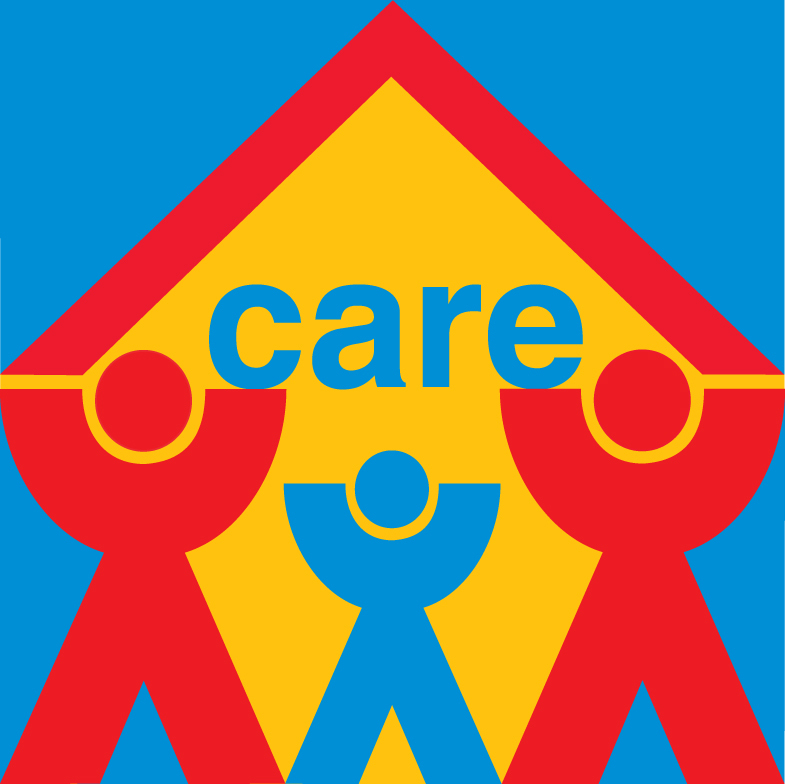 Kate Langen
Kate Langen
April 11, 2018 marks the International Day of Pink, a day created to bring awareness to and end all forms of bullying. While many anti-bullying initiatives focus on helping victims, at Ranch Ehrlo, we also focus on addressing the reasons behind bullying. Kate Langen, director of clinical services explains how we can uncover the reason behind these behaviours.
Bullying behaviour is certainly a common occurrence in our group homes. The children in our care have typically experienced numerous adverse childhood experiences which can produce anxiety, anger, and depression along with a profound sense of helplessness and hopelessness. Aggression can be used as a coping mechanism for relief of emotional pain.
The individual doing the bullying is often very vulnerable. People who are feeling good about themselves and their lives don’t intentionally hurt others---our job is to help uncover the root causes of the behaviour and teach new, more effective ways of coping and problem solving.
Pain and fear based
The majority of aggressive behaviour is pain and fear based---the individual was triggered. Many of the young people in our care have felt powerless and not in control of their lives. They have experienced trauma and loss and may have been exposed to violence and unhealthy role models, have insecure attachments and relationships with others, and are likely struggling with low self-confidence and self-esteem.
Trauma informed interventions
Interventions focused simply on stopping behaviour without considering past experiences are insufficient. It is essential that caregivers adopt a trauma-informed perspective. To be trauma informed means understanding that the signs and symptoms of trauma often masquerade as presenting problems, and that aggressive individuals are in most need of a trauma informed response. This does not mean that we excuse or condone hurtful behaviour, but rather we conceptualize and respond to the problematic behaviour through the lens of trauma.
A history of trauma can set the stage for poorly executed interpersonal skills, which interferes with the capacity to build relationships with others. A trauma informed therapeutic environment can model safe and healthy relationships while mitigating the fear, hurt, and alienation often felt by the individuals in our care. When the young person begins to engage and develop an honest connection with others who validate their experience, opportunities exist for building relational skills critical to their success. Through this approach it is hoped that the individual will come to realize that their aggressive behaviour, which may have been adaptive in past environments and helped them to survive, is no longer meeting their needs.
Negative and traumatic past events can be a defining and organizing set of experiences that deeply influence the core of a person’s identity. The therapeutic group care setting, along with nurturing and caring relationships, provides an unbelievable opportunity to assist in discovering the child/adults’ true potential.
Ranch Ehrlo problem solving
Ranch Ehrlo’s approach is based on a problem-solving model. The main idea of this model is not to react, but to slow down, reflect, think things through, and develop new skills. We need to use our “teachable moments” strategically. Best to strike when the iron is cold, as this is when there will be an opportunity to reflect on and understand triggers, teach new skills, and further develop opportunities for relationship development and attachment experiences.
We can’t ignore bullying behaviour, however, when and how we intervene is critical.
The key is to figure out how to make the person feel safe and nurtured. This will help create a culture of nonviolence. People change through a relationship experience and we need to create hope and possibility in the lives of those who we have the privilege of working alongside. This is the heart of our work.


